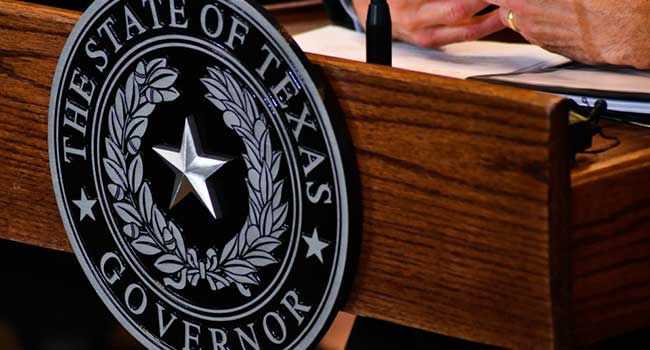
Texas School Safety Laws Implementation Lags, May Be Pushed to 2020-2021
Although lawmakers have approved a number of laws in order to increase school safety, the size and scope of Texas might put a damper of quick implementation.
- By Kaitlyn DeHaven
- July 30, 2019
The 2019-2020 school year is quickly approaching, and although the Texas Legislature delivered school safety measures earlier this year, Texas school districts are still waiting for guidance on how the laws should be implemented.
A large piece of the guidance will be coming from the Texas Education Agency and the Texas School Safety Center, but the organizations are still unpackaging how to best implement the new laws.
Senate Bill 11 is the broadest measure. According to the Dallas Morning News, its regulations include:
- Requiring districts to adopt a multi-hazard emergency operations plan which will be included in a safety and security audit;
- The creation of the Texas Child Mental Health Care Consortium, convening mental health professionals from the state’s medical and health science schools to improve access to mental health care for children;
- Required training for all school resource officers, regardless of school size;
- Asking the state’s education commissioner to establish facilities standards to “provide a secure and safe environment”;
- Emergency training for all district employees, including substitute teachers;
- Development of threat assessment teams to serve at each campus in a school district, tasked with identifying students who make threats of violence and providing guidance on possible interventions; and
- New curriculum cover the concept of “digital citizenship” — including informing students on the potentially criminal consequences of cyberbullying.
Other bills that were approved require school districts and charters to include designs for “a comprehensive school counseling program” and require more mental health training. Another requires established “bleeding control stations” to be accessible on campus, and yet another removed the cap on the number of school marshals allowed in school districts.
According to the Dallas Morning News, the implementation is moving slowly because there are so many variables. As of right now, it looks as if much of the legislation implementation will not begin moving until the fall.
The Texas School Safety Center will be helping with the implementation of a large portion of Senate Bill 11. Kathy Martinez-Prather is the center’s executive director, and she said that many meetings, discussions and the formation of checklists have to come before implementation.
“We have to build what those review systems are going to look like,” she said. “We’re reaching out to stakeholders — those being state agencies and school people — to kind of vet what those processes are going to look like before we move on to full implementation. We want to make sure we get this right, so there’s going to be some development built into all of this.”
She said that full implementation of hazard plans could take five to six years due to the magnitude of Texas.
“We have everything from rural districts to major urban. We want to make sure we’re doing our due diligence, because ultimately, it’s getting schools where they need to be.”
About the Author
Kaitlyn DeHaven is the Associate Content Editor for the Infrastructure Solutions Group at 1105 Media.